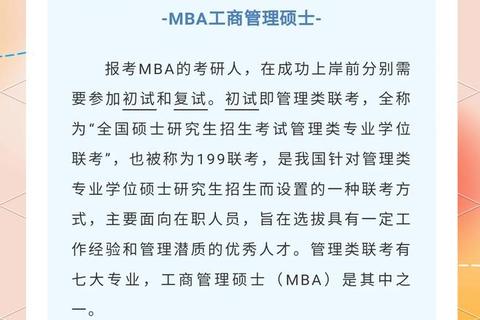Unlocking Success: A Strategic Guide to Mastering MBA English Entrance Exams
For MBA candidates aiming to excel in competitive admissions processes, the English section of entrance exams remains a pivotal hurdle. This article demystifies core challenges, offers actionable strategies, and bridges the gap between theoretical knowledge and practical application.
1. Understanding the Strategic Importance of MBA English Exams

The English component of MBA entrance exams evaluates not only language proficiency but also critical thinking, analytical reasoning, and time management—skills essential for global business leadership. Institutions prioritize these scores to assess candidates’ ability to interpret complex data, articulate ideas under pressure, and engage with multinational teams.
A study by the Graduate Management Admission Council (GMAC) reveals that over 70% of top-tier business schools weigh English scores heavily in admissions decisions. Thus, mastering this section is not merely about linguistic competence but about demonstrating readiness for rigorous academic and professional environments.
2. Core Exam Components and Their Challenges

2.1 Reading Comprehension: Beyond Surface-Level Understanding
MBA-level passages often tackle dense topics like corporate ethics, market trends, or technological disruption. The real challenge lies in identifying implicit arguments, inferring author intent, and connecting ideas across paragraphs. For example, a question might ask candidates to determine how a hypothetical scenario impacts a theory discussed in the text—a task requiring synthesis rather than memorization.
Strategy: Practice "active reading" by summarizing each paragraph in one sentence. Use past papers to analyze how correct answers often restate concepts using synonyms or contextual clues.
2.2 Business Writing: Precision and Persuasion
Tasks like essay writing or case analysis demand clarity, conciseness, and persuasive structure. A common pitfall is overcomplicating language, which obscures key points. Successful responses balance formal tone with directness, supported by logical examples.
Strategy: Adopt the PEEL framework (Point, Evidence, Explanation, Link) to structure paragraphs. For instance, when arguing for a sustainability initiative, state the position, cite a real-world example (e.g., Patagonia’s eco-friendly policies), explain its relevance, and tie it back to broader business goals.
2.3 Critical Reasoning: Decoding Logic Patterns
Questions may present arguments with hidden assumptions or flawed logic. A typical prompt could ask, “Which option weakens the conclusion that remote work boosts productivity?” Answering requires dissecting cause-effect relationships and identifying gaps.
Strategy: Create a “logic map” to visualize premises and conclusions. Familiarize yourself with common fallacies (e.g., correlation vs. causation) using resources like the Critical Thinking Toolkit.
3. Data-Driven Preparation Strategies
3.1 Diagnostic Analysis: Identifying Weaknesses
Begin by taking a timed practice test to benchmark performance. Use analytics tools or tutoring services to pinpoint recurring errors—e.g., time mismanagement in reading sections or vocabulary gaps in writing tasks.
3.2 Resource Optimization: Quality Over Quantity
Prioritize official MBA prep materials (e.g., GMAT Official Guide) and curated vocabulary lists focused on business terminology (leverage, scalability, stakeholders). Supplement with podcasts like HBR IdeaCast to absorb industry jargon in context.
3.3 Simulated Exam Conditions: Building Resilience
Allocate weekly sessions to replicate exam settings, including strict time limits and distractions. Gradually reduce reliance on dictionaries or pauses to enhance adaptability.
4. Long-Term Skill Development for Sustained Success
While exam tactics yield short-term gains, cultivating foundational abilities ensures career-ready competencies:
5. Conclusion: From Preparation to Transformation
Excelling in MBA English exams transcends rote memorization; it demands a strategic fusion of analytical rigor, structured practice, and self-awareness. By dissecting core components, leveraging targeted resources, and embracing iterative improvement, candidates can transform this challenge into a catalyst for professional growth. As the business landscape evolves, the ability to communicate with precision and think critically remains an enduring asset—one that begins with conquering the exam room.
This guide synthesizes exam insights, empirical research, and actionable frameworks to empower candidates in navigating their MBA journey with confidence. By aligning preparation with real-world demands, aspirants can unlock doors to academic advancement and leadership opportunities.


